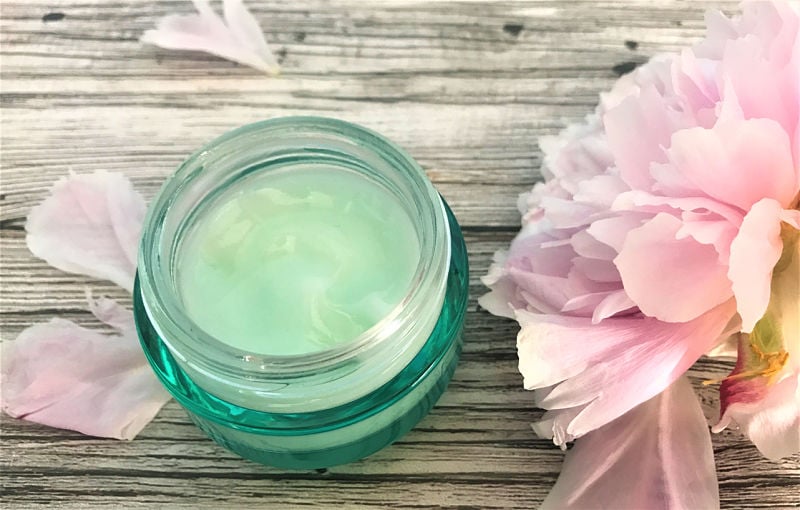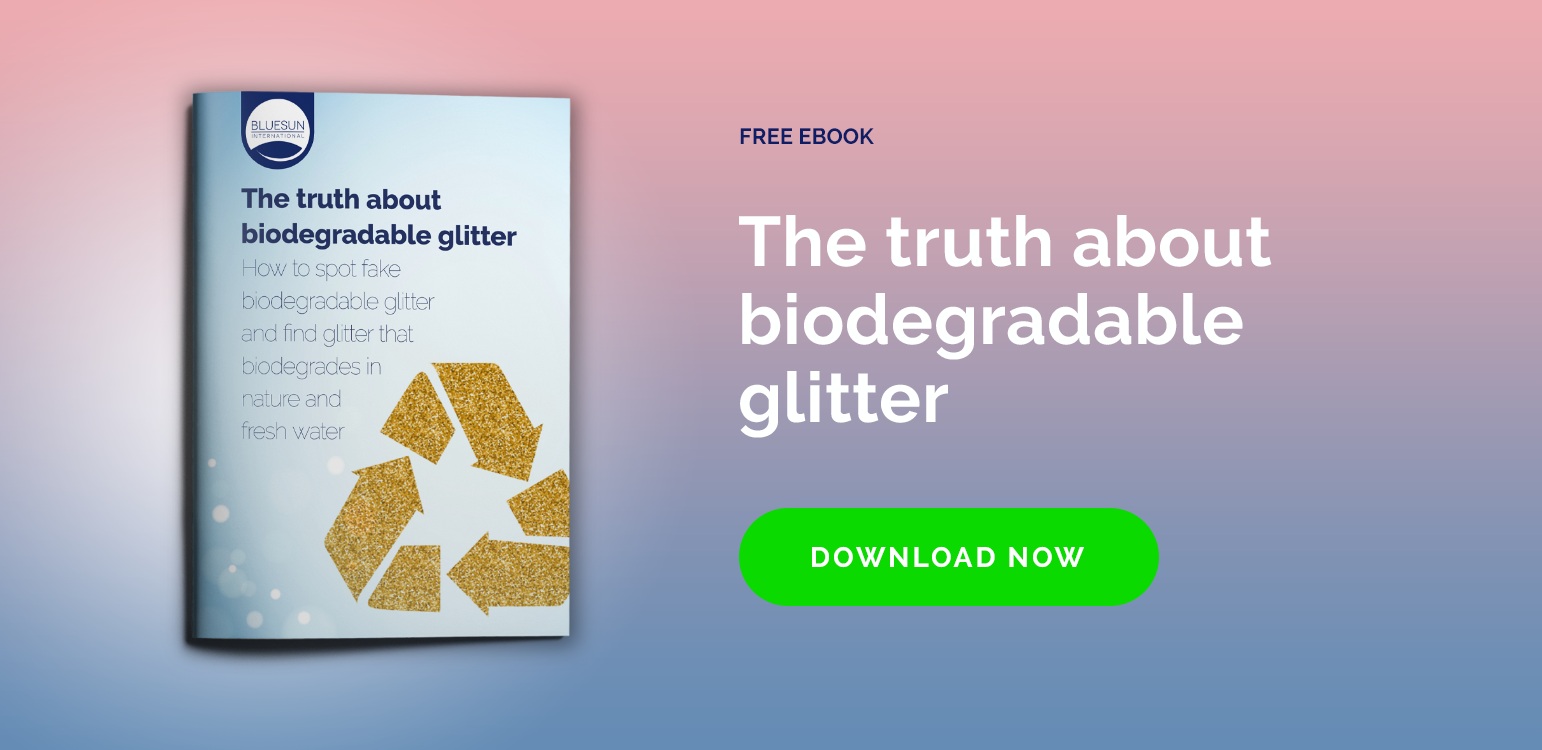The skincare treatment relies on various ingredients to get the right beauty balance on the consumer’s skin. New combinations are tested with different components. Here we will highlight the ones that are essential in most skin moisturizers to give you a clear insight of their functionality.
Although moisturizers are not that glamorous to use, they are definitely very important; if consumers include them in their beauty routine they will get all the perks of not having a dry skin. Let’s find out in the next paragraphs how emollients and humectants work!
Moisturizers to Avoid Dry Skin
Many tools are used to deal with dry skin. Here we have discussed about the best ingredients to formulate toners, primers, and foundations for dry skin, and now it is time to cover moisturizers since we understand the importance of maintaining the proper skin moisture levels. Consumers should know that the consequences of having dry skin include:
- Wrinkles and fine lines
- Poor function of obstruction
- Inflammation
What Are Occlusives Moisturizers?
They are heavy and waxy substances that act as barriers on the skin against external aggressors. When they form their water-resistant barrier, they keep moisture levels balanced. There are many occlusive components, but the ones that are used the most include:
- Heavy silicones
- Petrolatum
- Waxes and butters
Out of these three occlusive ingredients, a commonly used one is Petrolatum because it seals the skin. Petrolatum is a controversial ingredient as it may clog pores. Despite is a non-comedogenic component consumer perspective varies.
Occlusives are one of the three essential components of moisturizers, the remaining two are emollients and humectants.
What Are moisturizing Emollients?
The mission of moisturizing emollients is to provide smoothness to the skin, filling in existing uneven patches. Some examples include oil-based elements like capric triglyceride, isopropyl, squalene, and the emollient natural jojoba oil, among others.
Emollients are also used in moisturizers for specific problems like acne or pigmentation. In order to avoid this, the best option is to use highly concentrated actives. Facial oils are the most common products focusing on emollients, but remember that they tend to oxidizing eventually. The consequences of using an oxidized facial oil are:
- Clogged pores
- Acne
- Inflammation
That is why it is advised to store these oils in a cool dark place and bottle them in dark glass containers. Also, remember that facial oils marketers tend to exaggerate benefits to make their products stand out, but one can definitely trust facial oils as great moisturizer boosters.
What Are Humectants?
The last essential component in a moisturizer is an ingredient type that loves water. Humectants tend to be attached to water at all times and this ability helps consumer’s skin to maintain the proper moisture levels. The best humectants in moisturizers include:
- Hyaluronic acid
- Glycols
- Glycerin
Humectants are especially recommended for people with dry skin, they should definitely be incorporated into their daily beauty routine and be the first ingredient applied to their skin after cleansing.
Humectants are so important to our skin that they are naturally produced by the human body in what is known as natural moisture factors (NMFs), but they always need to be reinforced by skin care products.
What Else to Know About These Ingredients?
People with specific skin types can really benefit from multifunctional ingredients. They should know that some of the ingredients we just covered provide many benefits. For instance, dimethicone can be used as an occlusive and an emollient. Also, panthenol is an ingredient based on water that works as emollient and humectant.
Our Moisturizing Ingredients
Dermanet line marketed by Blue Sun International is a multifunctional ingredient that provides superior emollience in skin and hair care applications. Our unique manufacturing process eliminates ‘sticky feel’ of Glycerin after application. We include naturally derived versions such as jojoba or squalane.


![Free ebook: The truth about biodegradable glitter [Click here and download now]](https://no-cache.hubspot.com/cta/default/4020212/b9c13b96-3024-4b35-9af9-cbd44d84ec15.png)


